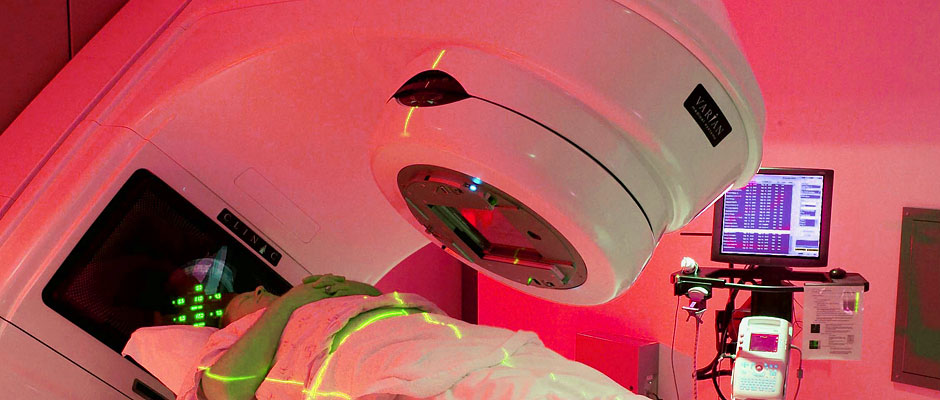
Cancer treatments
Surgical procedures for various malignant tumorsHead and neck
In almost all cases of thyroid cancer it’s necessary to either remove some of patient’s thyroid gland in a procedure called a hemithyroidectomy, or all of patient’s thyroid gland (total thyroidectomy).
Two types of laryngectomy can be used in surgical treatment of laryngeal cancer.
Partial laryngectomy involves surgically removing the affected part of patient’s larynx.
Total laryngectomy involves removing patient’s entire larynx. Nearby lymph nodes (small glands that form part of the immune system) may also need to be removed if the cancer has spread to them.
A total laryngopharyngectomy is the removal of the entire voice box and the pharynx. Mostly, this involves removal of the hypopharynx, but part of the oropharynx may need to be removed as well, depending on the extent of the tumor.
A modification of this procedure is a partial pharyngectomy, with preservation of the larynx. All of this depends on the location of the tumor.
Breast
A mastectomy is an operation to remove the breast.
It’s used to treat breast cancer in women or breast cancer in men. It can also be used to reduce the risk of cancer developing in the breast.
Kidney
A nephrectomy is an operation to remove a kidney.
There are two ways that both a partial and open nephrectomy can be performed They are an:
• open nephrectomy – where the kidney is removed through a large incision in patient’s abdomen
• laparoscopic or keyhole nephrectomy – where a series of smaller incisions are made in patient’s abdomen, and the kidney is removed using small surgical instruments
Prostate
A radical prostatectomy is the surgical removal of the prostate gland.The prostate can be removed using open or keyhole (laparoscopic) surgery.
